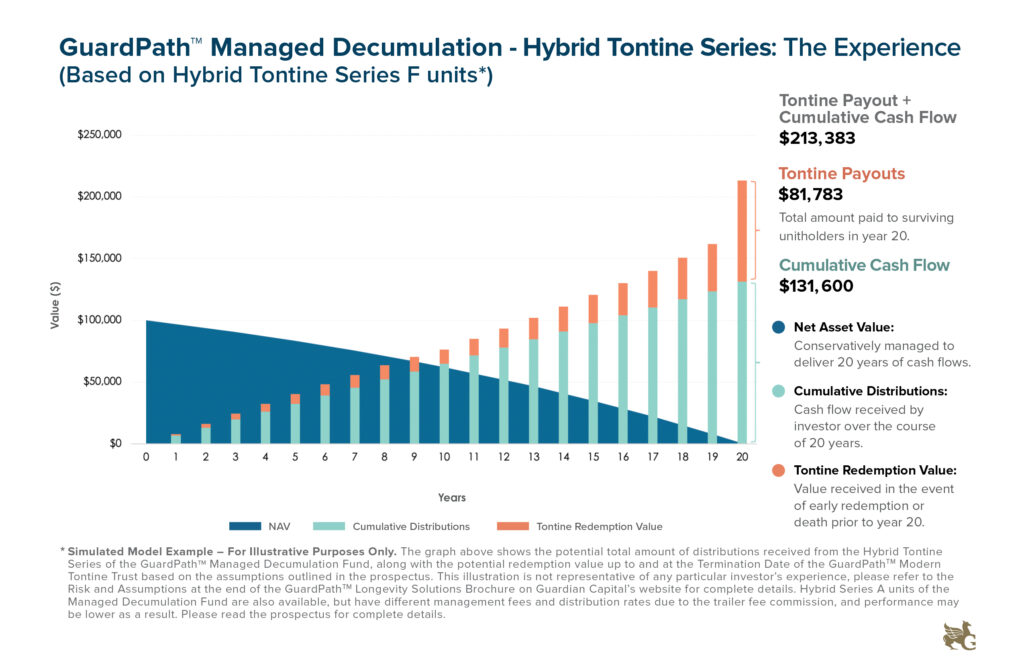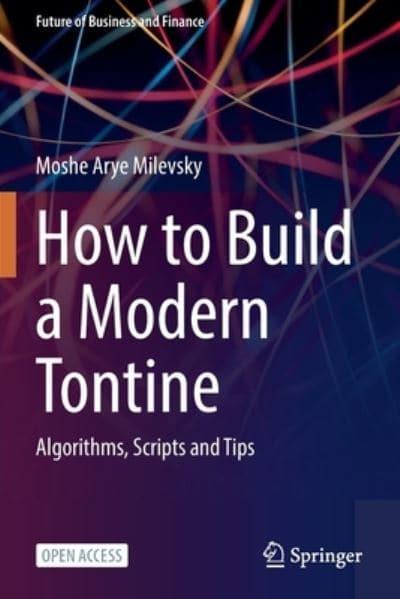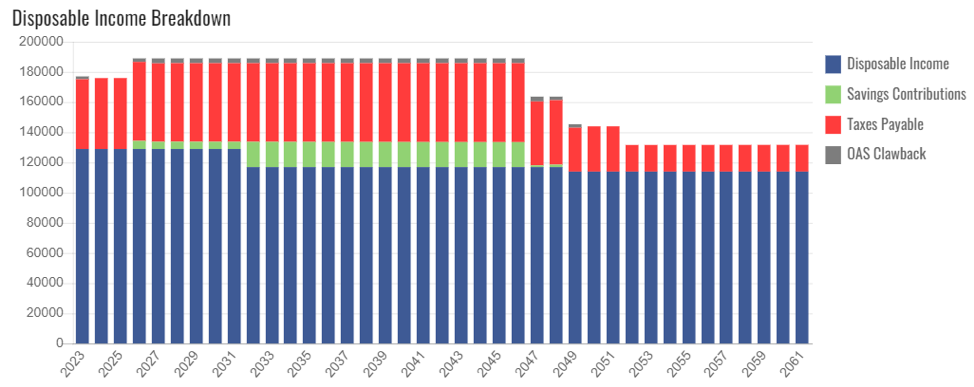What is one way to make extra money on the side?
To help you find creative ways to make extra money on the side, we asked career coaches and business leaders this question for their best insights. From doing freelancing through Upwork to engaging in pet care, there are several easy ways to start making extra money in addition to your regular day job.
Here are 14 creative ways these leaders recommend for making extra money on the side:
- Do Freelancing Through Upwork
- Put Ads on Your Car
- Sell Informational Products
- Offer Gaming Services Online
- Do Social Media Marketing
- Become a Food Delivery Driver
- Donate Blood Plasma
- Sell Old Electronics
- Try Random-Rewards Banking
- Rent Free Space on Airbnb
- Work as a Virtual Assistant
- Become a Video Game Tester
- Teach English Language
- Engage in Pet Care
Do Freelancing through Upwork
We have hired a lot of freelancers from Upwork over the years who have their normal day jobs but do the same type of work on their own through Upwork in their spare time. Upwork makes it very easy to list your skills and have a company hire you for small projects. We have worked with one candidate through Upwork for over 5 years now. We will have website redesign projects and he will help us. I know this is a side gig for him and we work around his schedule, but it also saves us a lot of money not having to hire through a marketing company and getting the same level of talent. If you have any good computer skills you can find a task that you can help someone with through Upwork. It can be as simple as data entry or replying to emails, there are all types of jobs available. Being an online freelancer is nice because all you need is a computer and internet connection, there is very little up front cause to start earning extra money on the side. — Evan McCarthy, SportingSmiles
Put Ads on your Car
A super easy way to make anywhere from $100-$300 in extra income is by simply driving your car as you normally would through car-wrapping ads. There are usually a few general requirements for legitimate car wrapping ad companies in larger cities: such as a minimum driving time as well as driving a newer car that is still in good condition. Assuming you meet these requirements, however, you can comfortably earn an extra income without making any changes to your day-to-day life. –– Kristine Thorndyke, Test Prep Nerds
Sell Informational Products
If you’ve got enough knowledge or hands-on experience in a particular field of interest, selling informational products like e-books, audiobooks, or courses is a great way to make some extra money. The best part about informational products is that once you’ve poured in your time and energy to create them, they won’t need constant attention or time: literally making you money while you sleep. — Harry Morton, Lower Street
Offer Gaming Services Online
If you’re an ardent gamer or someone who dedicates a lot of time to video games, you could make some extra money by selling gaming services online. There are a few different ways of going about this. You could offer coaching services to help others improve their gameplay or even sell in-game items and currency that you’ve acquired. You could also stream your gameplay on platforms and earn income from advertisements. The amount of income depends on how many hours you’re willing to commit and the type of services you offer. But if you’re able to build up a large following, you could potentially make a career from this side hustle job. –– Demi Yilmaz, Colonist.io
Do Social Media Marketing
In this digital world, businesses are always searching for strong social media marketers. The millennial generation or Gen Z can thrive in these positions as they spend the majority of their time on popular platforms such as Instagram and TikTok. This side gig can easily be done on your own time as freelancers can schedule posts through third-party apps like Later, and work on an influencer marketing strategy through Aspire IQ. Graphics can be made through free websites such as Canva, and all community management can be handled straight from your home office. While a content role such as social media may feel like it’s never-ending, it’s a great side hustle for those looking to advance their digital skills. — Corey Ashton Walters, Here
Become a Food Delivery Driver
One way to meet fitness goals while making cash on the side is to run food for a food delivery app. Professionals can handily make over a thousand dollars a week part-time by working in busy delivery areas during peak hours. Depending on the area, delivery drivers can bike or use a car to maximize total deliveries during their shifts. In particularly busy cities for food delivery, such as New York, orders are certain to be nonstop on specific days of the week, guaranteeing flexible supplementary income. Continue Reading…









